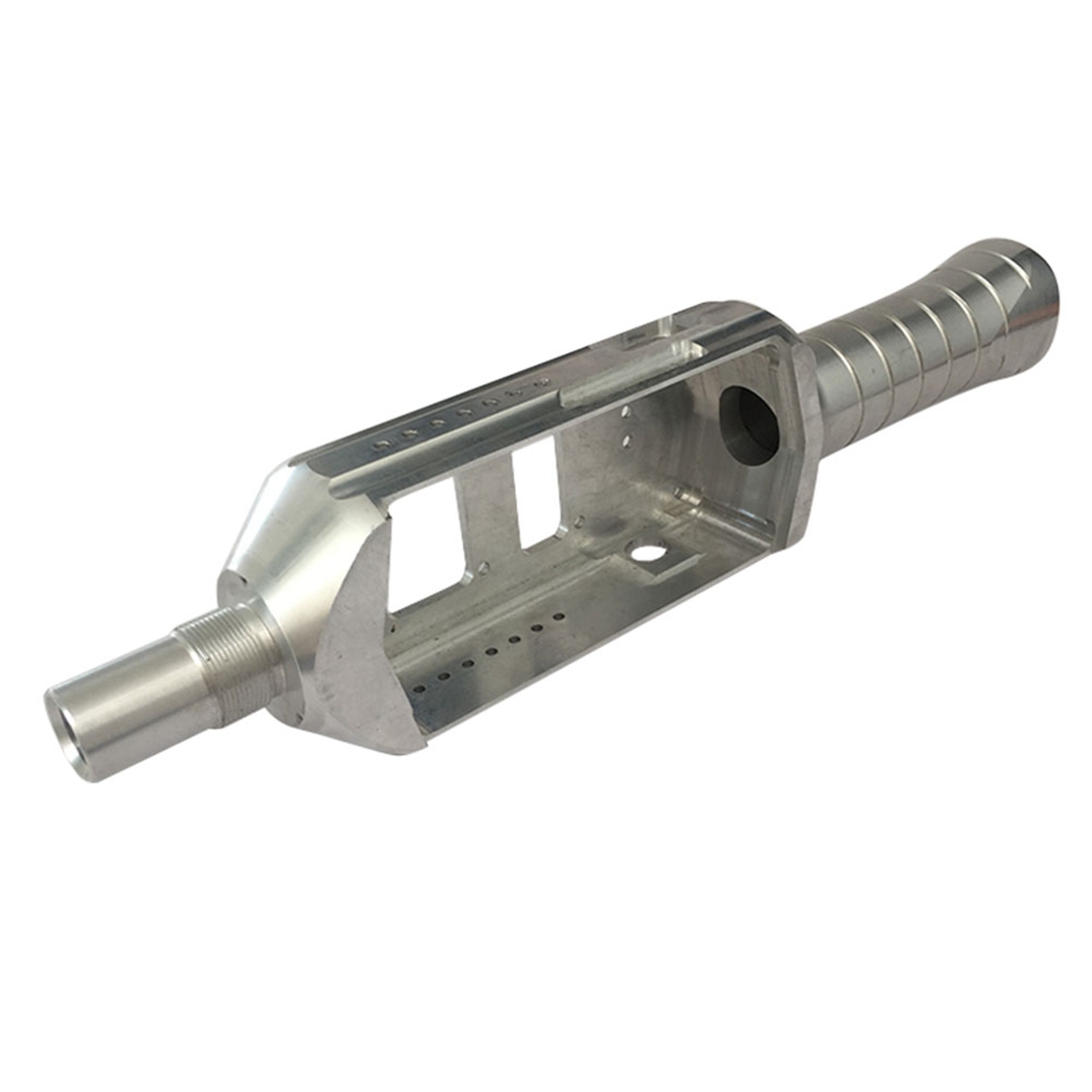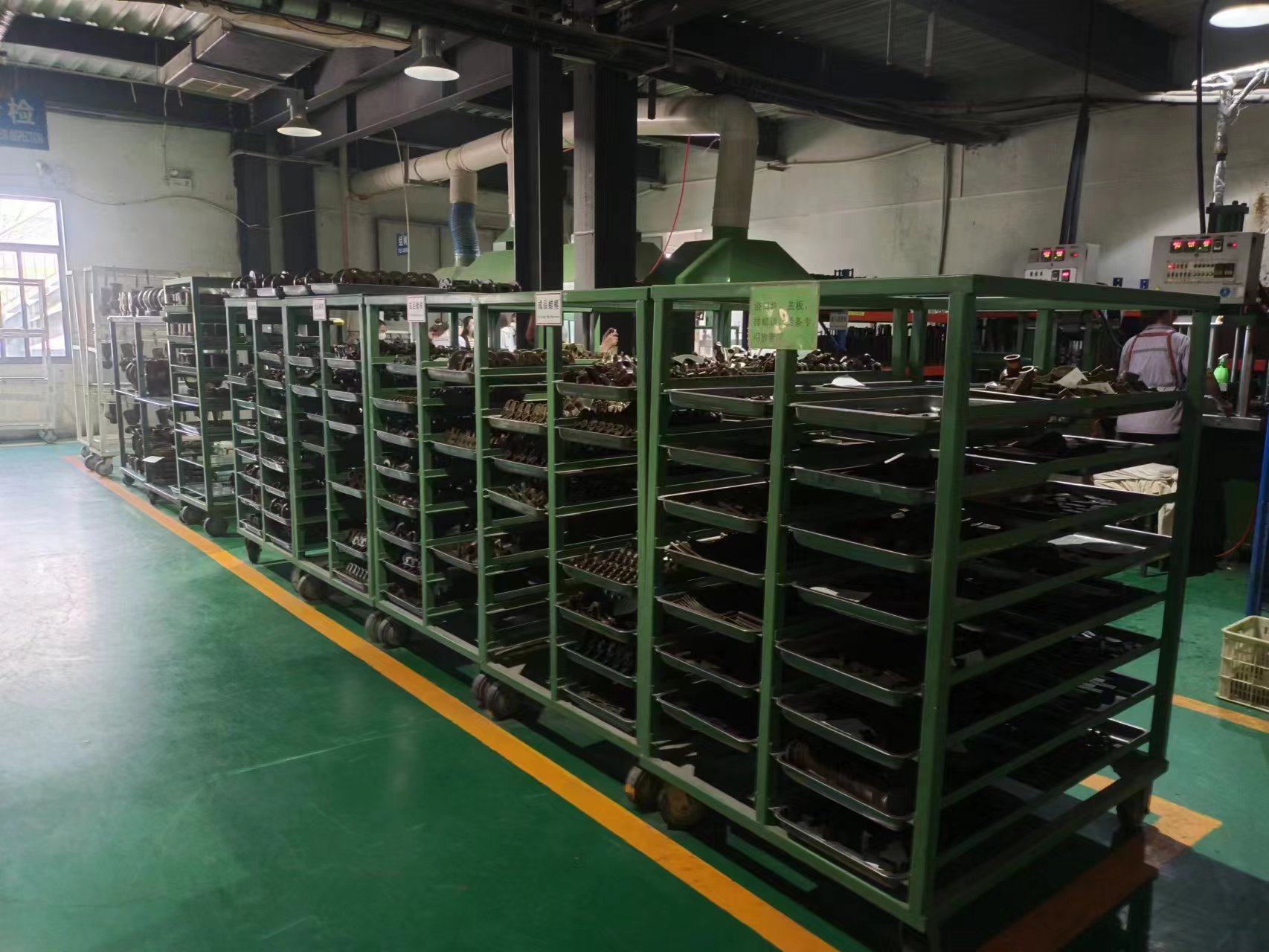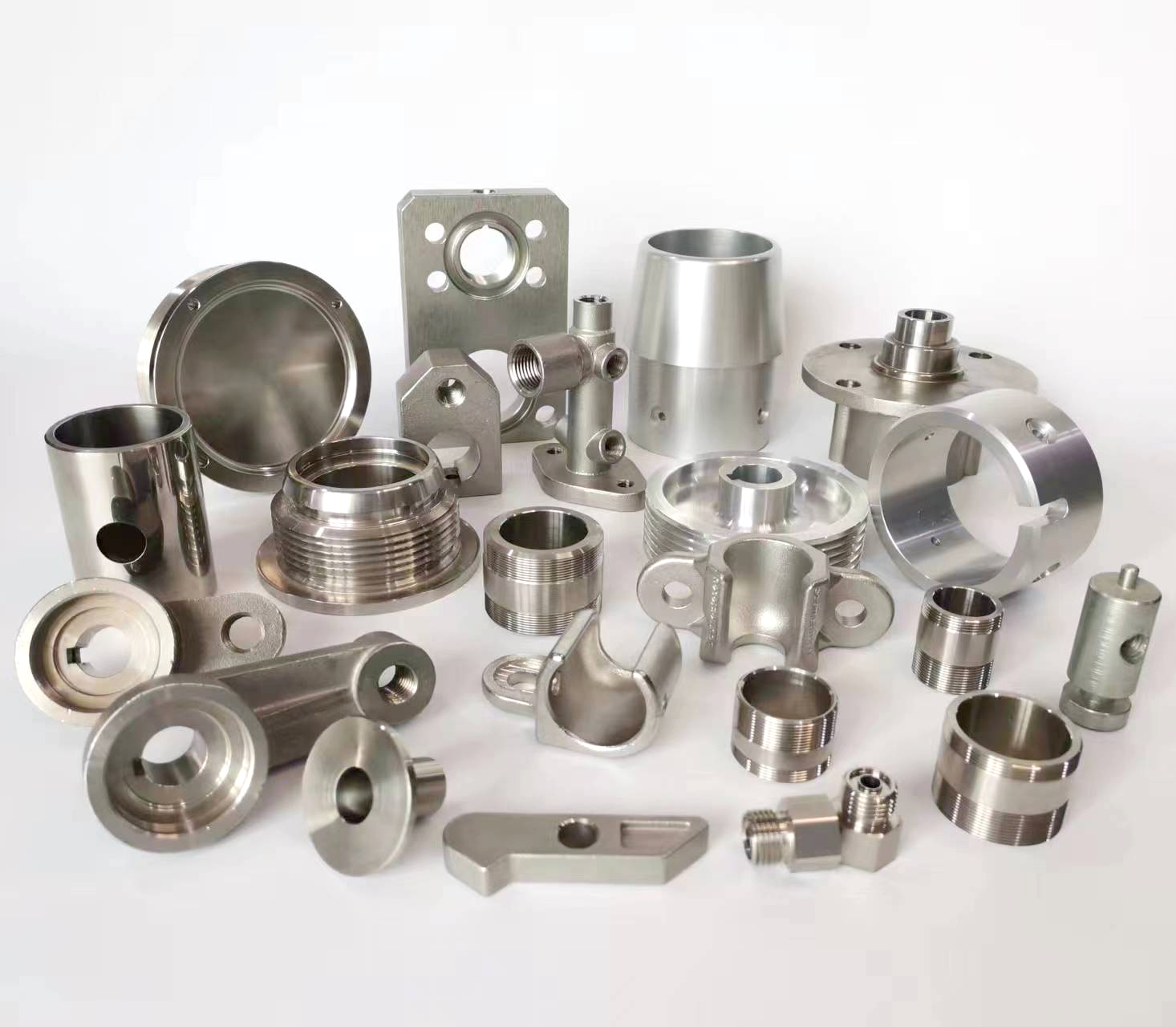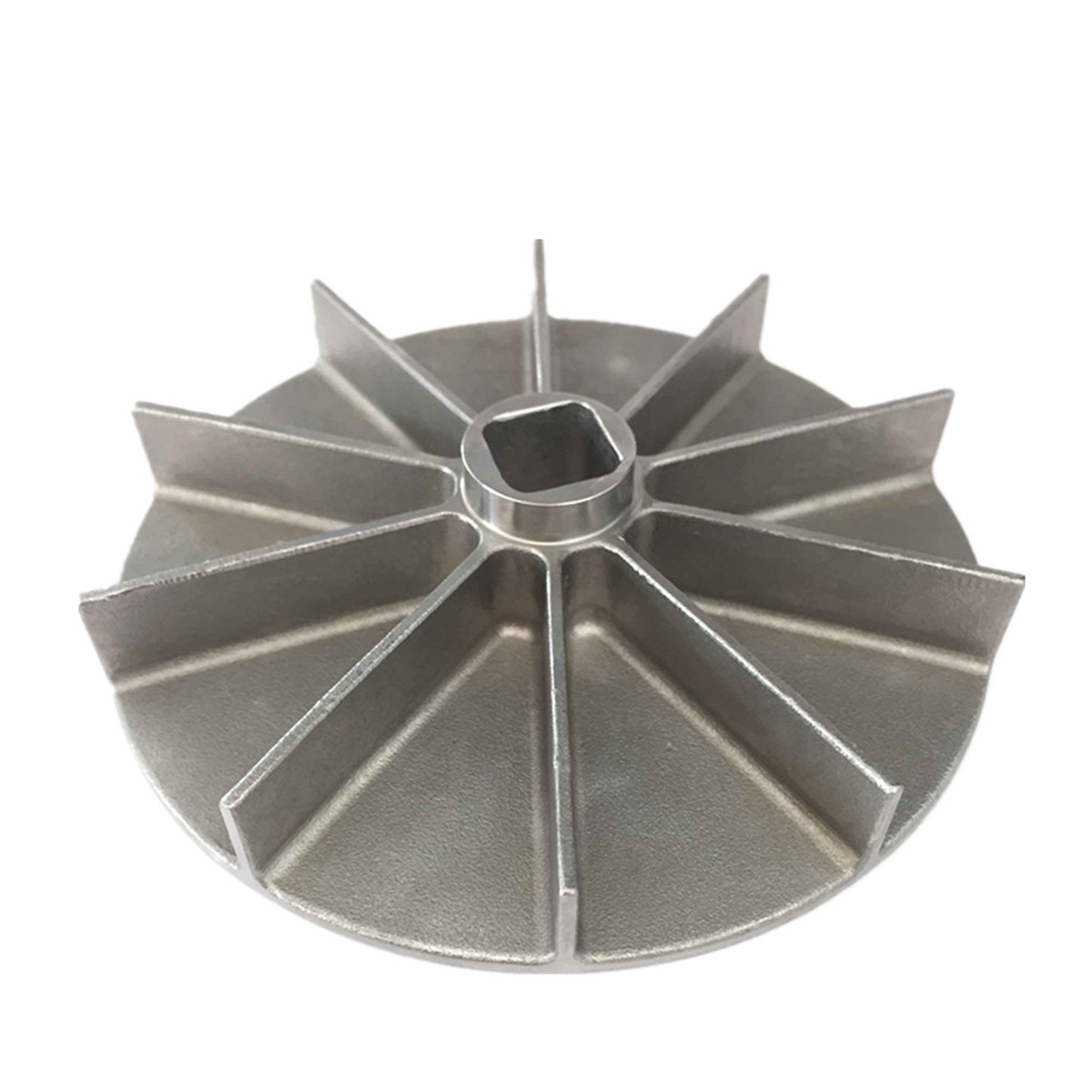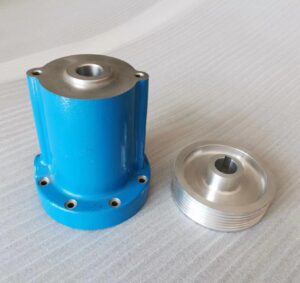
Fractures can occur in essentially three modes, characterized by a specific type of deformation and failure. These modes may result from tensile, compressive, shear, impact, cyclic, or complex mode loading. The types of fracture in a material are listed below:
- Ductile Fractures: Ductile fractures show significant plastic deformation before fracture. This behavior is characterized by extensive necking, dimples on the fracture surface, and gradual failure. Ductile fractures generally occur in metals and some polymers. In fact, the final failure mode is often essentially brittle, as the capacity for ductile behavior is exceeded.
- Brittle Fractures: Brittle fractures occur in materials that exhibit minimal (often no) plastic deformation prior to cleavage. The absence of necking, a flat or glossy fracture surface, and little energy absorption all indicate a brittle failure mode. Brittle fractures are typical of materials such as ceramics and glass, but several types of iron also exhibit generally brittle behaviors.
- Fatigue Fractures: Fatigue fractures occur due to repeated cyclic loading, triggering progressive crack growth or propagation. They typically exhibit a characteristic “beach-like” appearance with concentric markings known as beach marks.

